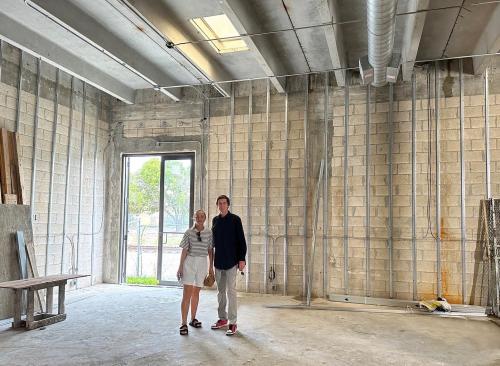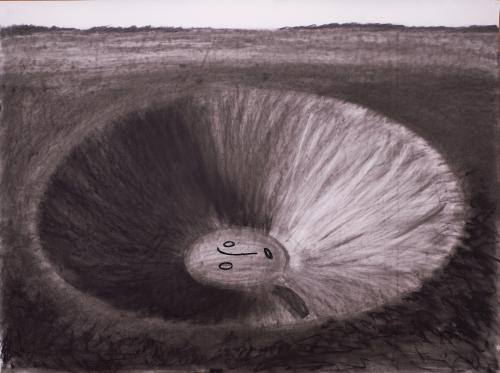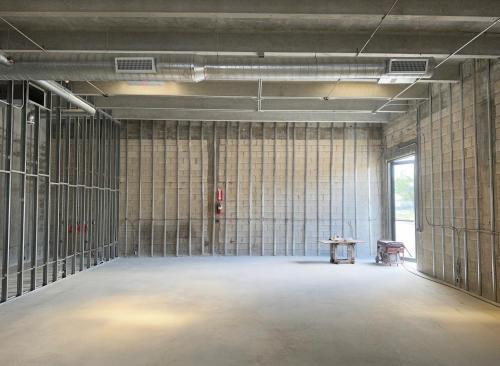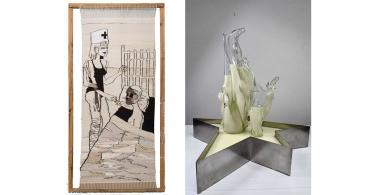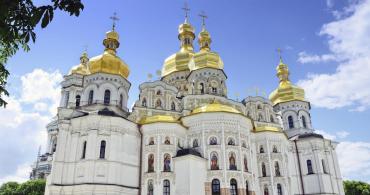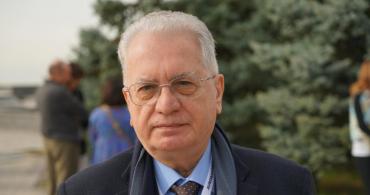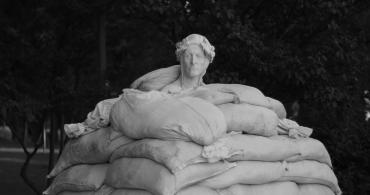The artworks blend documentary elements and critique international power politics, aiming to articulate genuine threats within complex geopolitical narratives. Emphasizing the imperative to distinguish calculated aggression from mystified terminology in territories "between peace and war," the Miami gallery prioritizes Ukrainian and Eastern European artists. Initiatives and discussions are curated to foster engagement with American colleagues. Featured artists include Ádám Albert (Budapest), Bojan Stojčić (Sarajevo), K. Yoland (London/U.S.), Dana Levy (Tel Aviv/New York), and Ukrainian artists Mykola Ridnyi, Lesia Khomenko, Nikita Kadan, and Oleksiy Sai.
Adam Albert's construction evokes the experience of injustice and its potential to turn metaphorical terror into aggression. His work One Shot — Lose Yourself — Dream of Gavrilo Princip, speaks to a direct correlation between an individual agency and its potential to alter events on a historical scale. Scenes from Bojan Stojčić’s Hotel Hope Phantom film documents the artist’s trip to a hotel near the military base in Dayton, Ohio where the peace agreement ending Balkan Wars was signed in 1995.
The quiet interiors of Hotel Hope in the video are juxtaposed by Mykola Ridnyi’s concrete sculptures. Ridnyi’s scale models of Ukrainian bomb shelters sink the gaze to the underground level plumbing the idea of survival and resistance to terror.
In contrast to this, K. Yoland’s installation elevates the gaze to the point where a U.S. military village appears as an ornamental flat surface encrusted with the tiny dots and squares representing the buildings and sites where the artist visited and filmed. Laid on the floor, the carpet serves as a welcoming reading-zone within the exhibition where visitors can peruse newspapers on current affairs and books on borders, territory and surveillance. Lesia Khomenko’s paintings based on the found military footage, Nikita Kadan’s drawings from Crater series, and Oleksiy Sai’s large scale mutilated aluminum panels from the Bombed series situate the viewer in a psychologically charged Ukrainian war zone landscape.
Dana Levy’s Erasing The Green project transports us to the border between pre-1967 Israel and the occupied Palestinian Territories. Levy’s artistic research plumbs the idea of coercive statecrafts even further: her interviews with scholars highlight the fact that Israeli settlers are the only ones to benefit from the degradation of occupied Palestinian lands and the erasure of the notorious Green Line.
In the midst of Russia's ongoing war against Ukraine, the No Grey Zones exhibition urges us to identify the real causes behind geopolitical conflicts. The gallery calls for a clear stance against moral ambiguity in statecraft and warfare, promoting straightforward and precise discussions.
No Grey Zones is co-curated by Lilia Kudelia, Maksym and Julia Voloshyn.
No Grey Zones
October 7 - November 25, 2023

